Lesson 6: Origin and True Stories
Grades: 6 – 8
Outcomes:
- Students will know representations of the world according to the religions, spiritual beliefs, myths, stories, knowledge, and languages of past civilizations and cultures.
- Students will determine what is significant in an account, narrative, map, or text (significance).
- Students will describe how societies preserve identity, transmit culture, and adapt to change.
First Peoples’ Principles of Learning:
- Learning involves generational roles and responsibilities.
- Learning recognizes the role of Indigenous knowledge.
- Learning is embedded in memory, history, and story.
Caveat: This lesson will require multiple class periods covering approximately 3 – 4hrs.
Brief Description: Students will explore the Sq’éwlets sxwōxwiyám (origin) and sqwélqwel (‘true’) stories. They will link these stories to their own origin histories and Sqwélqwel stories. Students will demonstrate this understanding using image boards and paragraphs comparing the two types of stories.
Sequence of Activities:
- Have students share with an elbow partner a story from their own life, a story they have heard from the news, and a made up story they like. They do not need to recount all parts of the stories…just quick overviews. Of importance is recognizing that these are three different types of “stories.”
- Show the video with Clarence Penner introducing the sxwōxwiyám stories. Together, as a class, read through the introduction to sxwōxwiyám. They are referred to as “origin” stories.
- On the board, create a word web that looks at the different types of stories and books that we know. It is important that the following are included: fiction which includes examples like fables, fairy tales, plays, funny or scary stories, etc; non-fiction which includes history texts, newspaper reports, autobiographies, research articles, personal stories, etc. The main point is separating what we view as imaginary vs. recalling of events that happened (try to stay away from the terms true and not true). Based on what we read about the Sq’éwlets origin stories, where would they fall in our word web? It is important, for this discussion, that the question is answered from the point of view of the Sq’éwlets people. As a result, the origin stories would fall under non-fiction…history (like Genesis for Christians). This explains how the world began for the Sq’éwlets people. It may then be helpful to refer to these stories as origin histories.
- Place students in pairs. Each group should have access to the transcript for the sxwōxwiyám origin history. Students are to create a series of images (image board) similar to a comic strip format with some written notes underneath that retell the sxwōxwiyám origin story.
- Place pairs into groups of 4. Each pair will take turns retelling the sxwōxwiyám origin history using their image board.
- Start a whole class discussion on other origin histories that exist in other cultures (e.g., Christian creation origin, Egyptian story of the limitless sea, Chinese origin history of qi, Japanese origin history of Kojiki, the Buddhist Theravādins, Hindu origin history of Svayambhu, etc).
- Returning to their pairs, have students decide on an origin history to investigate (they may choose from their own cultural background or choose to investigate something new to them). Students are to: (a) find the origin history for their chosen culture, (b) describe the origin history, and (c) identify similarities with the Sq’éwlets sxwōxwiyám. Create as a poster and display around the room for a gallery walk.
- Read through the page on the Sqwélqwel, or “True news.” Have students compare Sqwélqwel to the sxwōxwiyám …how are they different? Responses should include focus on more recent past and need to be connected to the person themselves.
- Have students return to their partner and share a number of their own different Sqwelqwels.
- As a whole class, discuss the following line from the Sqwélqwel page: “Taking care of the places in our Sqwélqwel means protecting them so they can provide for our future generations.” What does this mean? How does it relate to our own Sqwélqwel stories?
- Students return to their partner, together decide on one Sqwélqwel that each student will work with. They need to be able to identify what implications this story has for our ongoing responsibilities.
- Assessment: Students are to create an image board for their Sqwélqwel under which they identify what this is and what it means for their future responsibility. Students are then to compare this to the Sq’éwlets sxwōxwiyám. Finish with a paragraph describing why both types of stories are important.
- Have students share their Sqwélqwel with the class.



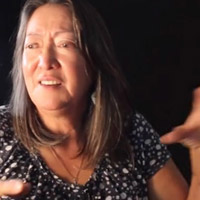 Lesson 1:
Lesson 1: Lesson 2:
Lesson 2: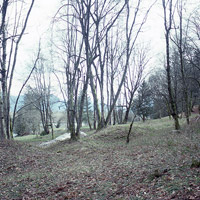 Lesson 3:
Lesson 3: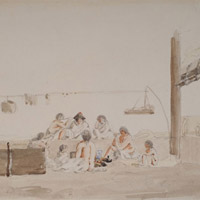 Lesson 4:
Lesson 4: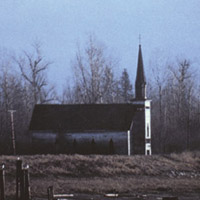 Lesson 5:
Lesson 5: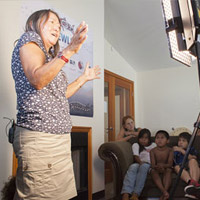 Lesson 6:
Lesson 6: